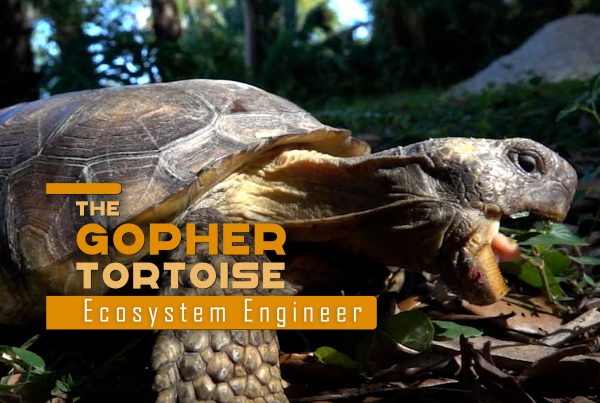What do you call an unusual jellyfish that spends much of its time upside-down, soaking up the sun’s rays on the ocean floor? Well, the “upside-down jellyfish,” of course.
When snorkeling in the coastal waters of South Florida, you may come across large groups of upside-down jellyfish carpeting the floor of the ocean. When it needs to move around, the upside-down jelly fish can be seen swimming right-side up, pulsating its bell for propulsion like any regular jellyfish.
It gets its name, however, because a lot of the time it can be found resting on the bottom with its tentacles pointing upwards towards the water’s surface. Why, you might ask, does it spend so much time resting upside down? Well, the answer has to do with the symbiotic algae that live within the tissues of its tentacles. Because these algae (called “zooxanthellae,” as we just learned) require sunlight to photosynthesize, the upside-down jellyfish spends most of its time inverted so that the sunlight from above can shine upon its algae-filled tissues. So, although it does filter-feed and catch small prey with its stinging cells, the upside-down jellyfish is often content resting, and letting the algae do the hard part. Why work more than you have to?
The Upside-down Jellyfish
The Upside-down jellyfish, or “Cassiopeia xamachana” is a Cnidarian in the class scyphozoa and is related to the corals and box jellyfish.
It can be found in the tropical waters of the Gulf of Mexico and the Caribbean.
It lives in shallow mangrove swamps, mudflats and seagrass beds.
The Upside-down jellyfish is a filter-feeder, absorbing dissolved nutrients from the water, although it can also catch and eat small prey. It uses stinging cells on its tentacles to paralyze its victims.
Chew on this:
Although the upside-down jellyfish is a filter-feeder and a part-time predator, it receives a lot of its nutrition from an unusual, symbiotic relationship. Like most of the corals, this jellyfish acts as a host to a special, single-celled alga called zooxanthellae that lives within its tissues. The algae cells use the sun’s energy to create nutrients by way of photosynthesis. The excess nutrients are absorbed by the jellyfish as one of its major sources of food energy.
Coming soon




